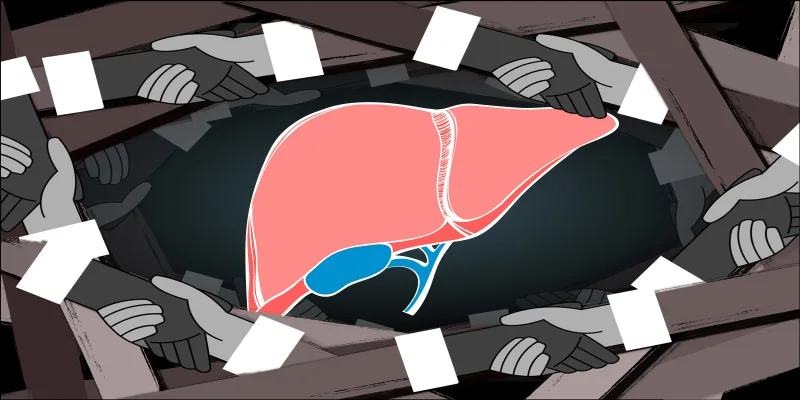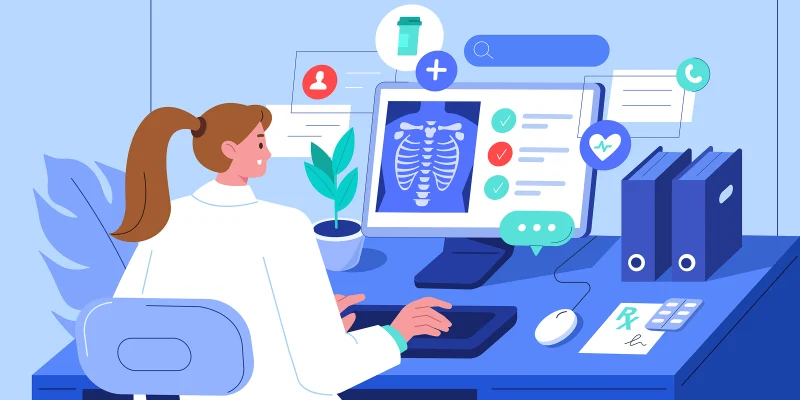Editor’s Note: The following article contains depictions of child abuse.
He was nine years old, and he had been “acting strange” all day. This is about all that the parents could tell me. When I examined him, his face told a different story.
He lay supine on the bed, a blood-tinged pillow propping up his small head, his chin sunk into the poorly-fitted cervical collar wrapped around his neck. His arms and face were covered with small bruises, and his left eye was black and swollen. His thin ribs were visible along his chest and torso. Gauze, lines, and leads covered his body, an endotracheal tube and tape obscured his mouth. The little visible skin was pale and sallow.
“I don’t know. He seemed fine earlier in the day,” his father remarked.
Both of his parents were by his side. They were dressed casually, but their appearance was polished. They spoke softly, but deliberately. They embodied no classic movie tropes of wicked parents. They were ordinary, and that was jarring.
“You know, he’s really active, runs around all the time. Falls a lot. But we didn’t see him fall. Do you think that’s what happened?” his mother asked. They looked at each other quickly, then fixed their gaze on the boy.
His imaging told otherwise. He had fractures of multiple ribs, and some of his fingers, along with bilateral thin subdural hematomas, and multiple linear, non-displaced skull fractures. He fit nearly every “textbook” criterion for a picture of child abuse.
“It’s hard to say, but that’s helpful to know,” I said. “But some of his injuries are characteristic of non-accidental trauma. Can you think of any other ways that he may have been injured?”
They looked at each other again, then back at me. They both made sharp eye contact with me, in unison. The boy’s father leaned forward, and put his hands together. His fingers interlocked, and his knuckles whitened. But there were no indignant denials. No expressions of panicked surprise.
“No. We didn’t see anything like that. He never hit his head. We know he’s sick, and we just want him to be better.”
What followed was a brief but twisted improvisational set. For fear of provoking an unpredictable reaction, or jeopardizing the investigations of other officials, I had to maintain an appearance of sympathy. In medicine, we are often trained to provide care through a lens of stoicism, to build trust while maintaining objectivity. In that moment, I tried to summon this lesson and play the role, but I realized that my experience paled in comparison to their decades of training. They were practiced actors. Concerned, but not hysterical. Inquisitive, but reserved. They were believable. As we continued the interview, I found myself imagining other explanations for the injuries. I deliberately focused on taking deeper breaths, hoping that my heart rate would slow and that my voice wouldn’t tremble like an elementary schooler with stage fright.
“I’m very sorry that this has happened. We’re going to keep working to help him.”
When I left the room, I spoke with the boy’s ED physician, who worked at a stand-up computer outside of the room.
“We’ve already called social work. ICU? Repeat scan?” she asked. She looked at me but didn’t stop typing. Her expression was neutral, her questions were crisp and intentional. She knew it was nonoperative, and that his fate was out of our hands. Her confidence was impressive. She had seen this before.
“Yes, that’s right.” I paused. We both looked into his room, watching his parents. They held hands and kept looking at him.
“It’s horrible,” I said. For a brief moment, I felt like I broke character.
“Yeah,” she said. Her reply was simple and true. I don’t know how she really felt. Did her curt reply truly reflect begrudging acceptance of such a travesty? Or was she concealing simmering revulsion? In either case, her performance was inspired.
I’d be surprised if many clinicians consider themselves good actors (I still don’t). We relay information accurately and counsel patients honestly. We exchange data and statistics to promote reliable and reproducible treatments. Theater in medicine would seem to be an oxymoron. But every word I spoke to that family was an attempt to maintain the image of someone who had control over the situation, and playing this role was exceptionally difficult. It took deliberate and precise effort to compose myself when the clinical evidence so clearly suggested unabashed cruelty. And this acting is intrinsic to medicine. Diseases are costumed in subtle symptoms, dialogue is chosen carefully, and our personas are crafted for the benefit of our audience. In even the most tragic circumstances, we are compelled to witness, or participate in, a performance.
James Caruso is a neurosurgery resident at UT Southwestern Medical Center in Dallas, TX. He plans to specialize in complex spine surgery, and his research focuses on elucidating the molecular mechanisms driving chronic neck and back pain. He is a 2021-2022 Doximity Op-Med Fellow.
All names and identifying information have been modified to protect patient privacy.
Illustration by April Brust







